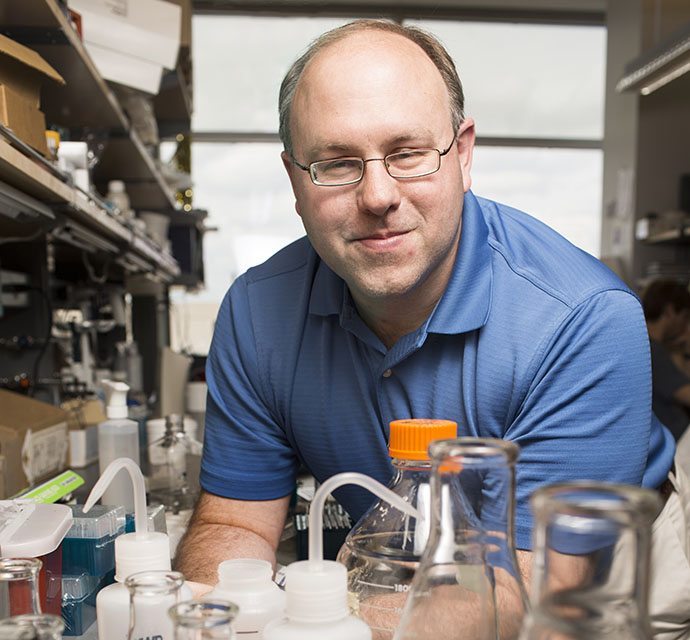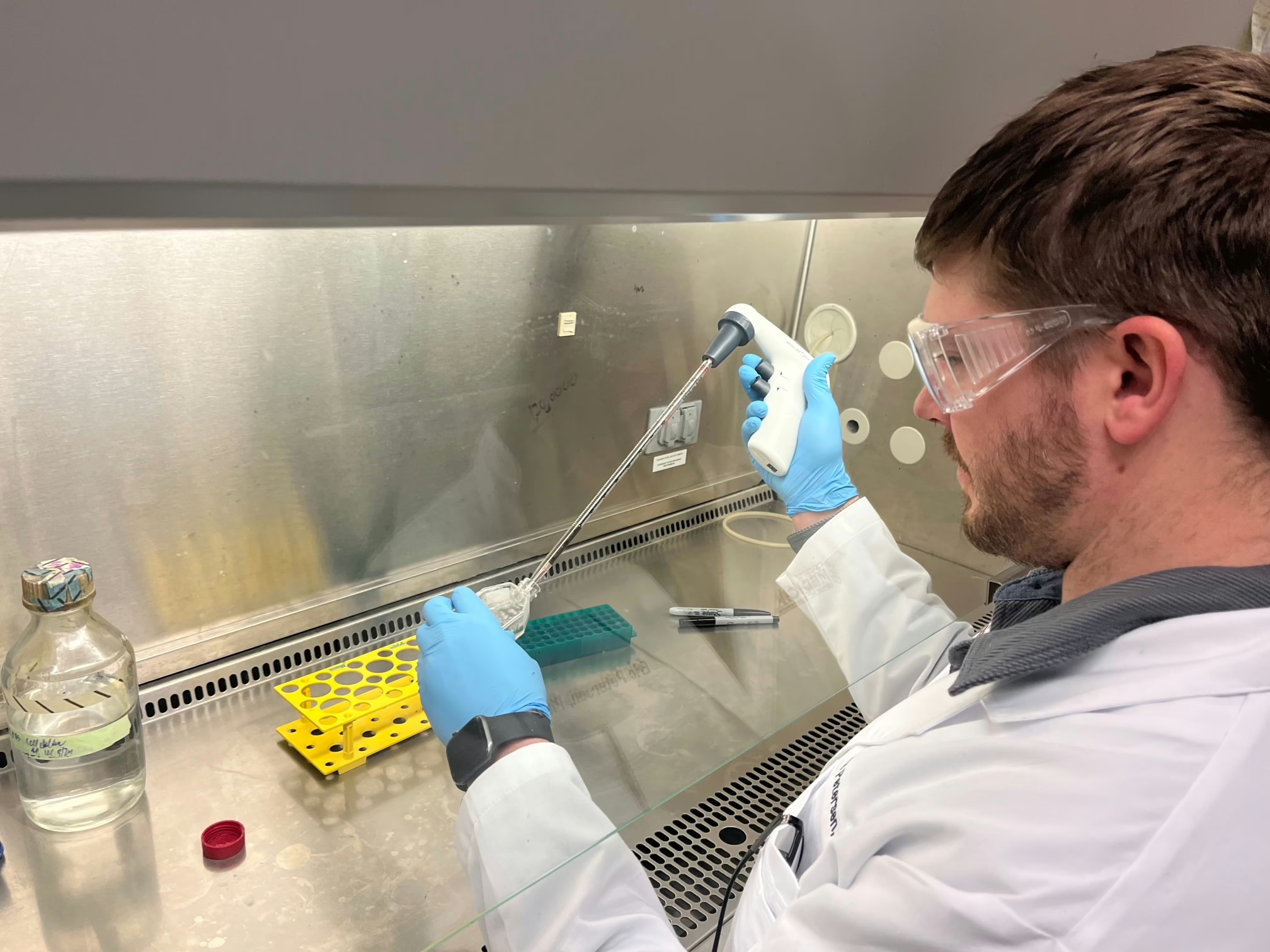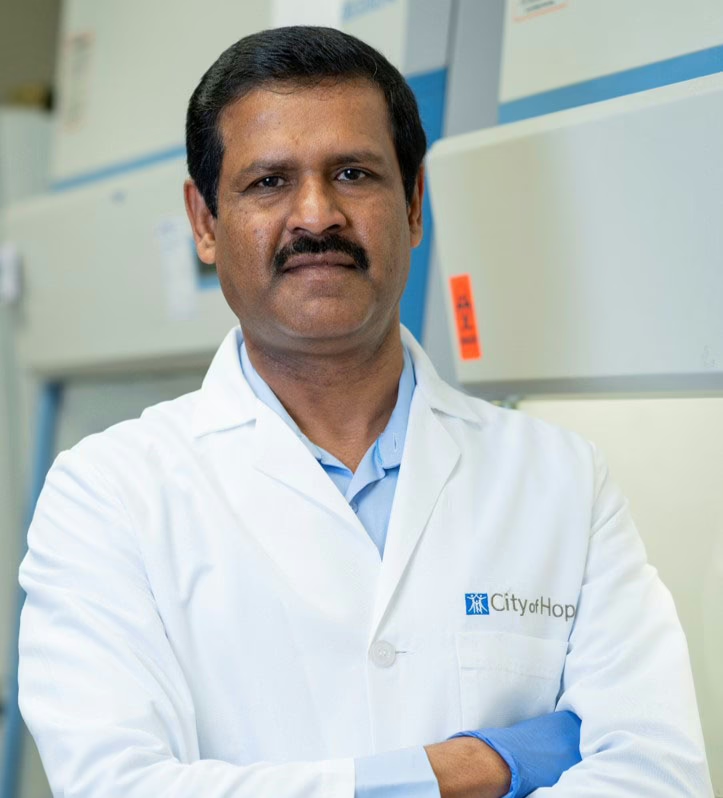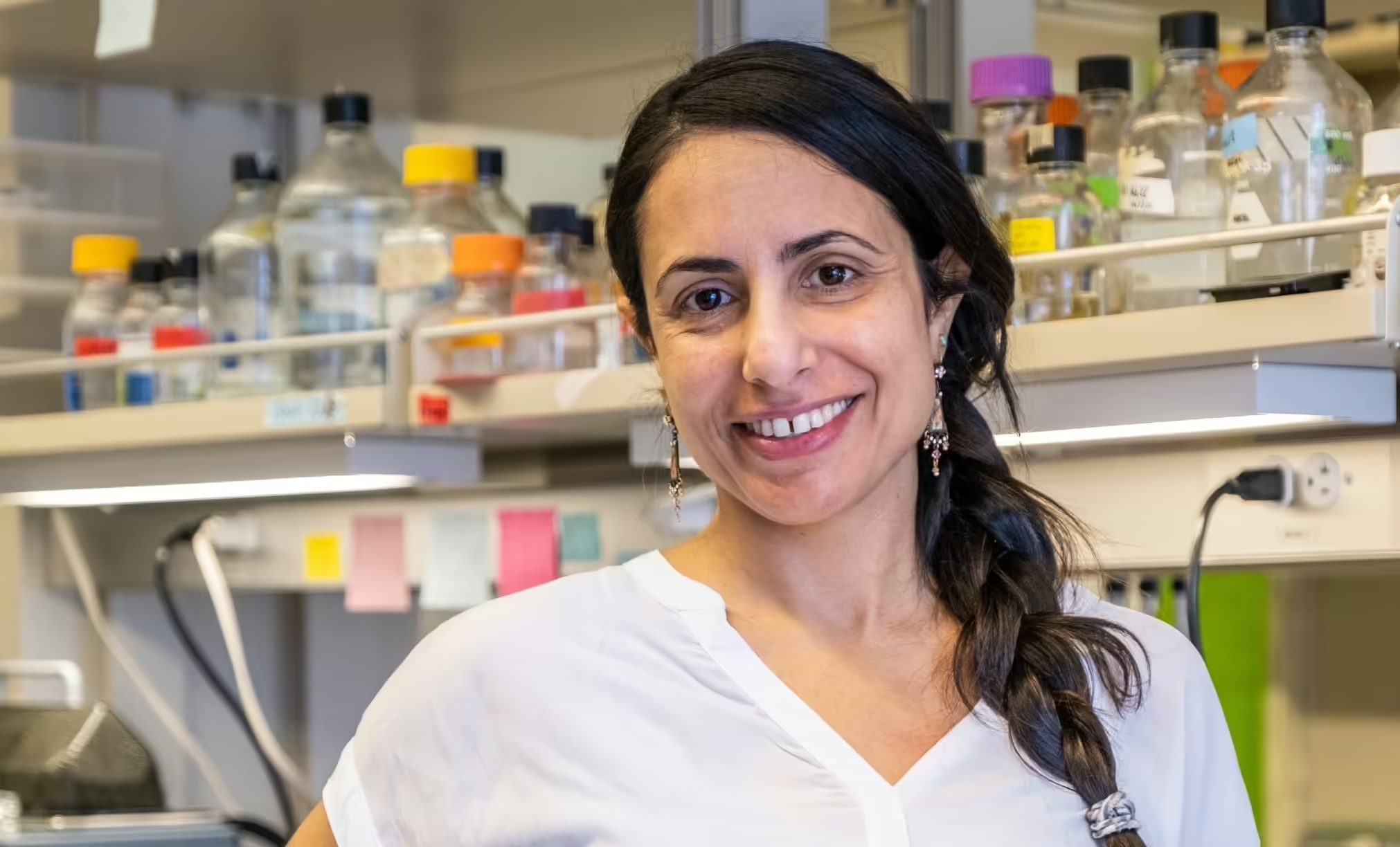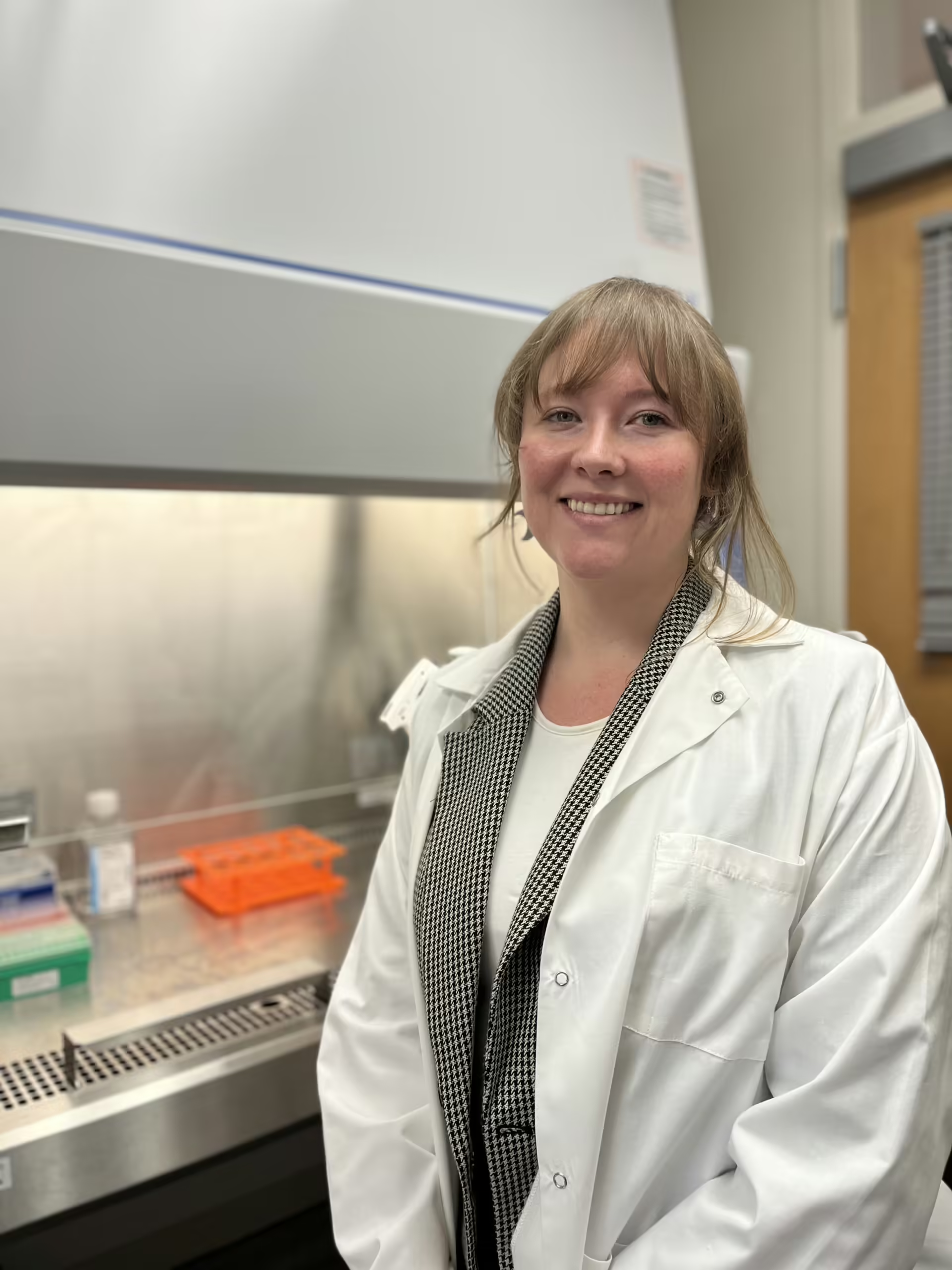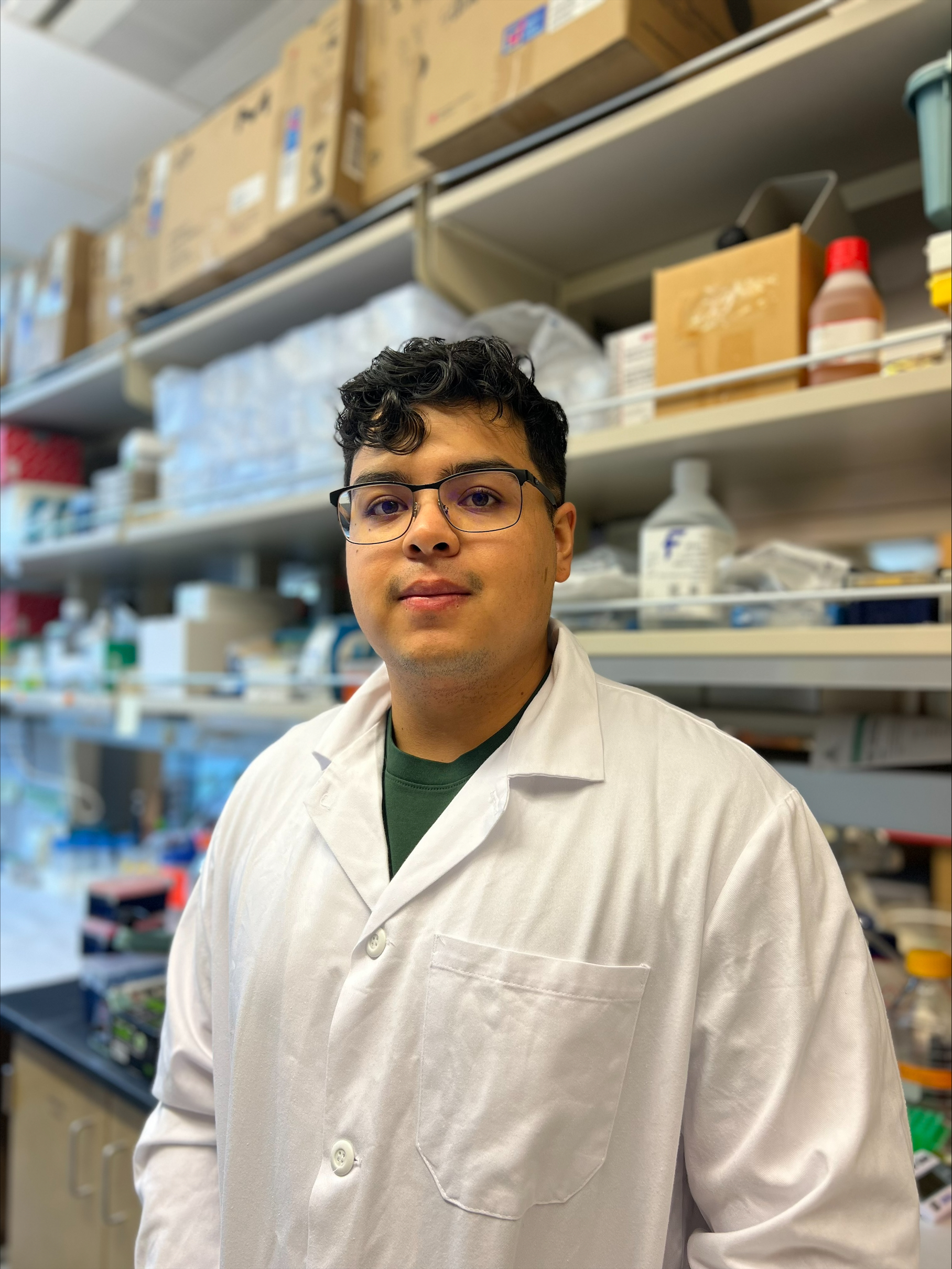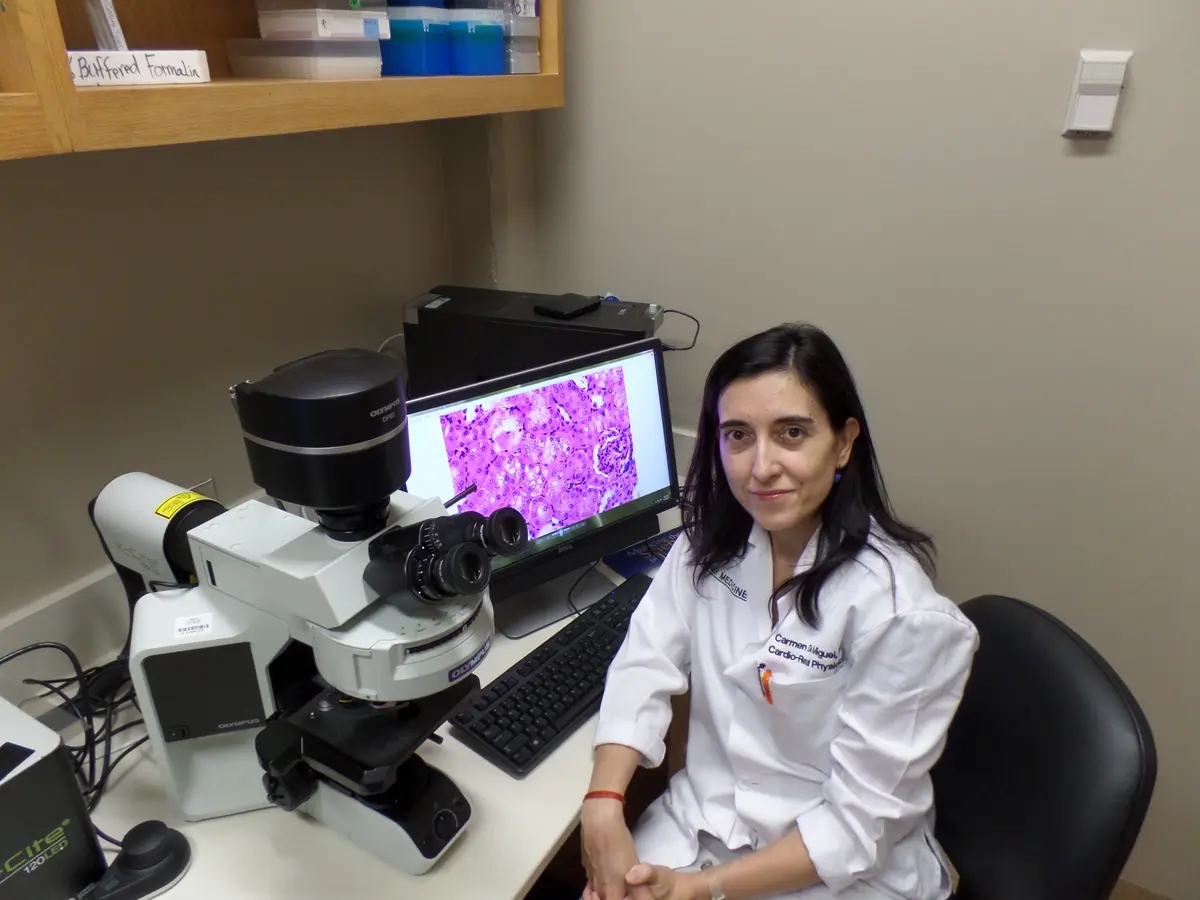Where is He Now?
Daniel Moore, MD, Ph.D. has now started his own lab and updated DRC on where he is at now. “We were delighted to have the support of the DRC to investigate the potential role of some novel regulatory cells that may combat diabetes. The support of the DRC enabled us to obtain follow-on funding from NIH and some of our results were ultimately published in the Journal of Immunology. Investigation of these important questions also led to a number of additional findings and ideas that are leading to new areas in our laboratory, which remains focused on quelling the autoimmune response that leads to Type 1 diabetes. We look forward to exciting advances as we continue to move these projects forward.”
Project Description
Years to decades before a person develops Type 1 diabetes (T1D), abnormal activation of the immune system can be detected in their blood. Despite this advanced warning, we are unable to stop the progression of disease. Ultimately, this failure results in over 15,000 American children each year developing T1D and becoming reliant on a lifetime of shots. In this proposal, we will use new clues from the healthy immune system to stop T1D.
The healthy immune system possesses safety mechanisms that prevent autoimmune diseases like T1D from happening. One such safety net is regulatory immune cells—these are cells that healthy individuals have in their immune system that prevent other cells from harming tissues, such as the insulin-producing beta cells of the pancreas. These regulatory cells can stop the immune response before it harms the body and causes autoimmune disease, but they are insufficient in patients with T1D. Targeting these cells for enhancement and activation will overcome this insufficiency and restore the body’s normal protective processes to prevent and reverse T1D.
We will capitalize on over 20 years of experience in the Moore lab in studies of immune regulation in T1D to advance this new approach for diabetes prevention and reversal. Using the NOD mouse model of diabetes, we have identified a previously unrecognized cell that prevents T1D from progressing, known as a CD8 Treg. We will now define how this cell carries out this critical task and how it can be activated by clinically-relevant therapies–including an IL-15 super-agonist, anti-CD3, or anti-CD45RB–so that we can repair its function in patients with T1D or at-risk for disease.
Overall, we will define a new pathway to disease prevention and reversal by defining the action of a newly identified regulatory cell in T1D. Through your support, we will reveal how these cells work to prevent T1D. These studies will advance our goal of bringing new treatments to patients with T1D by understanding the fundamental reasons that islet beta cells are destroyed by the immune system.

